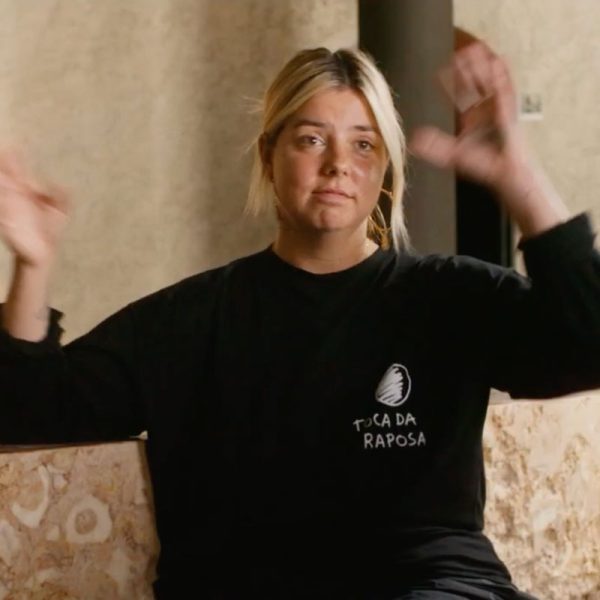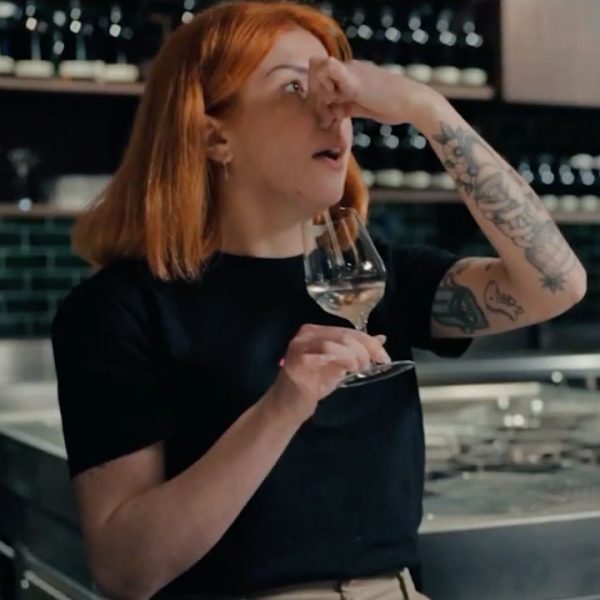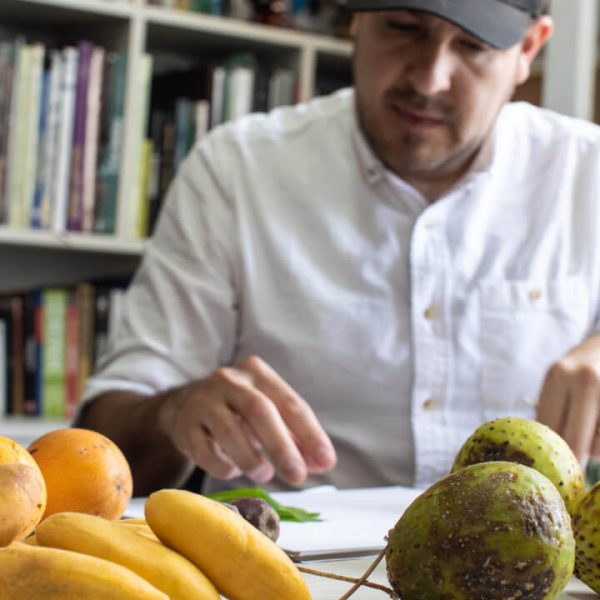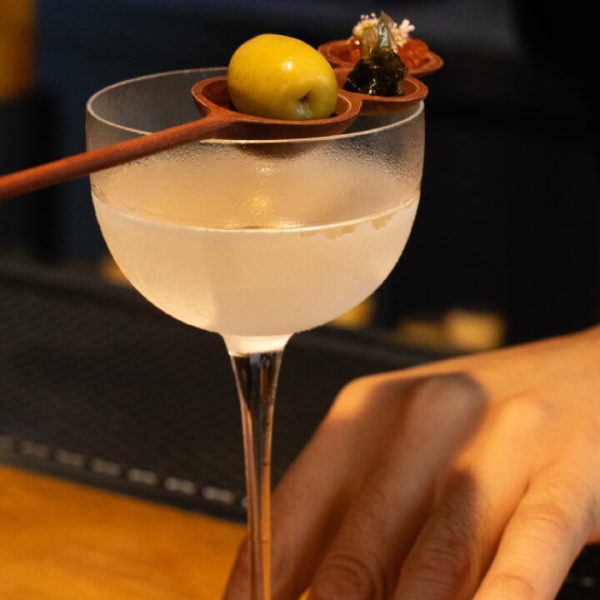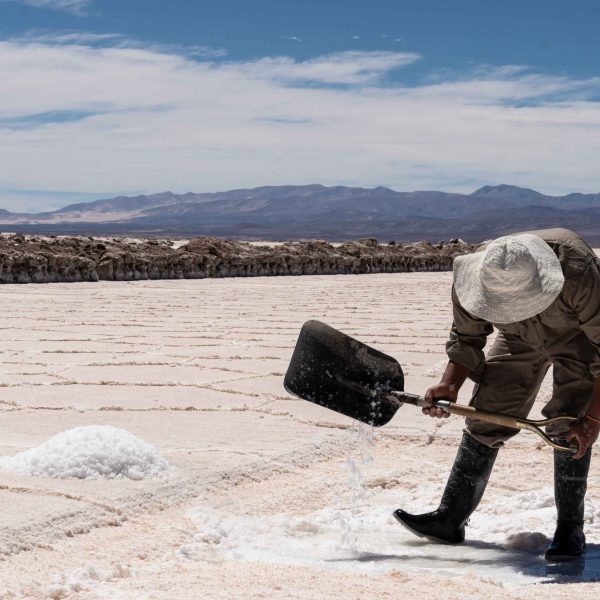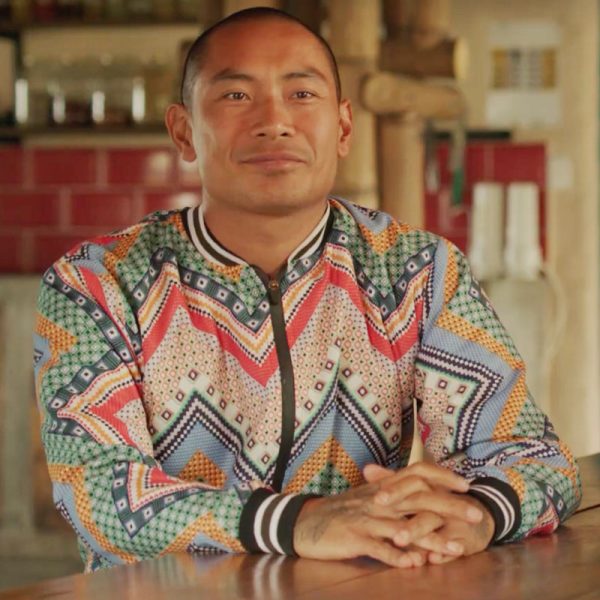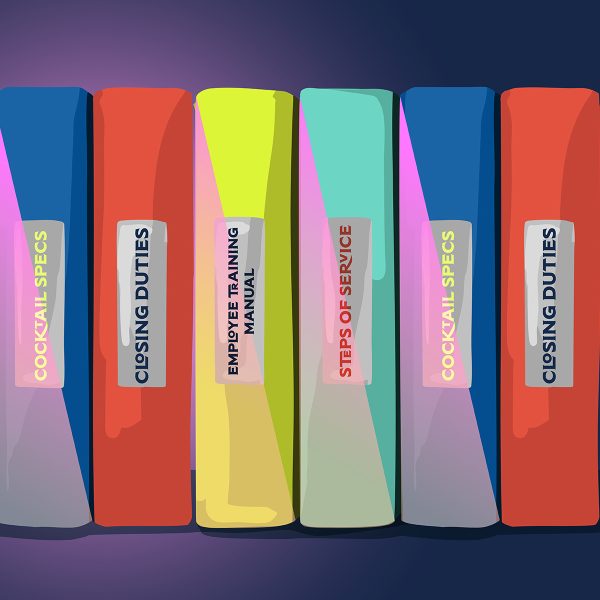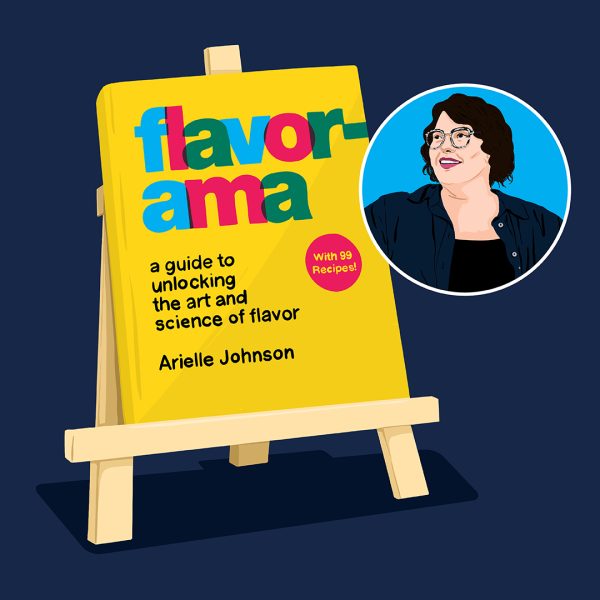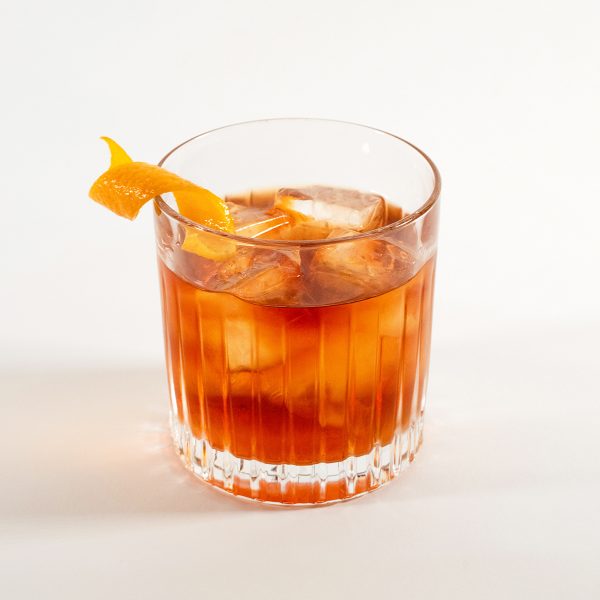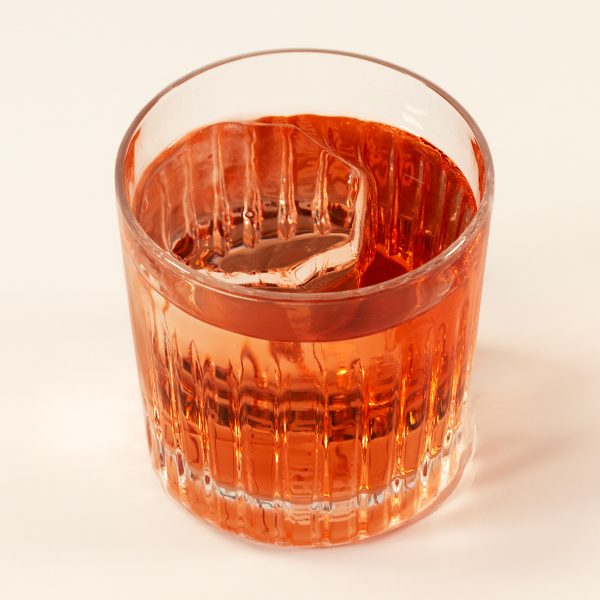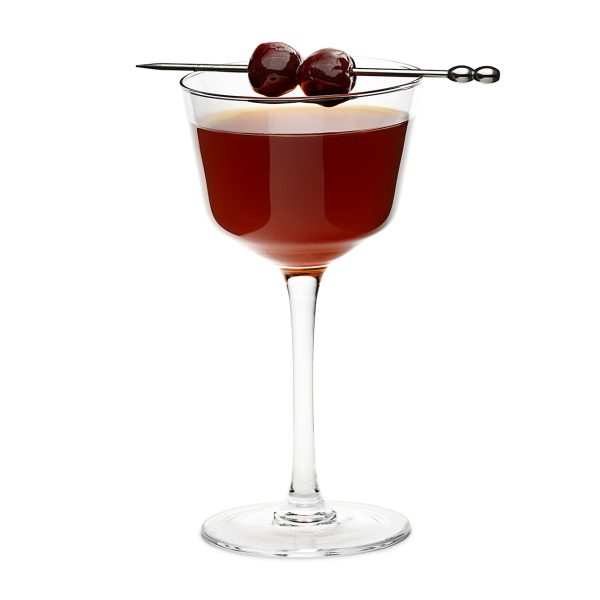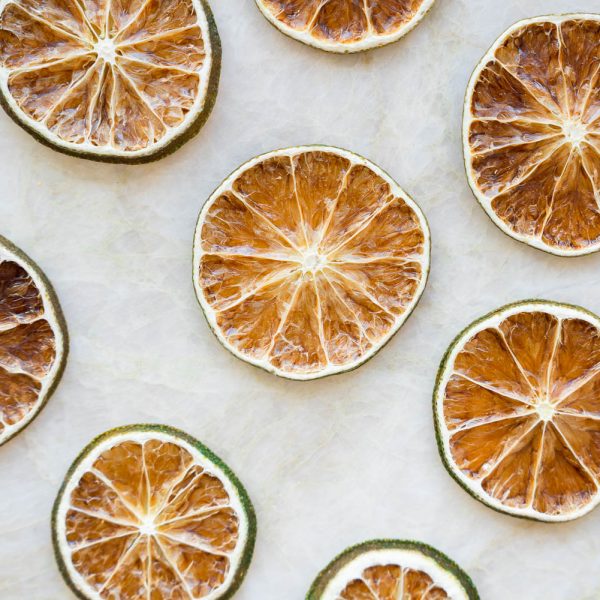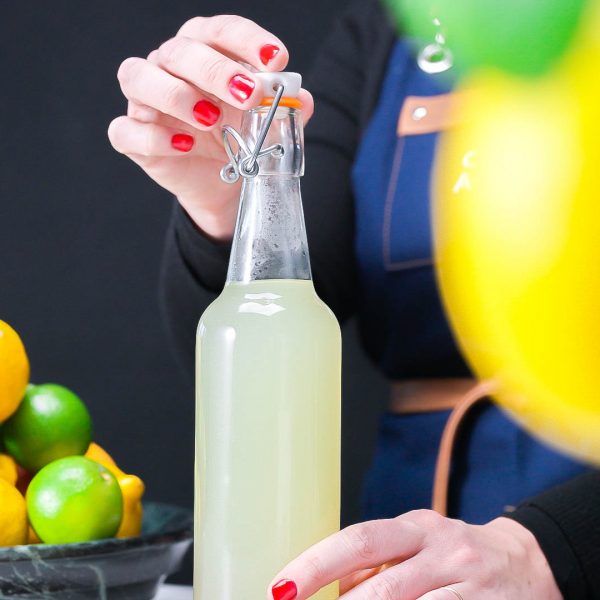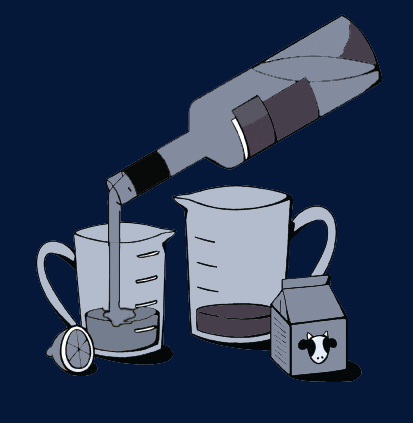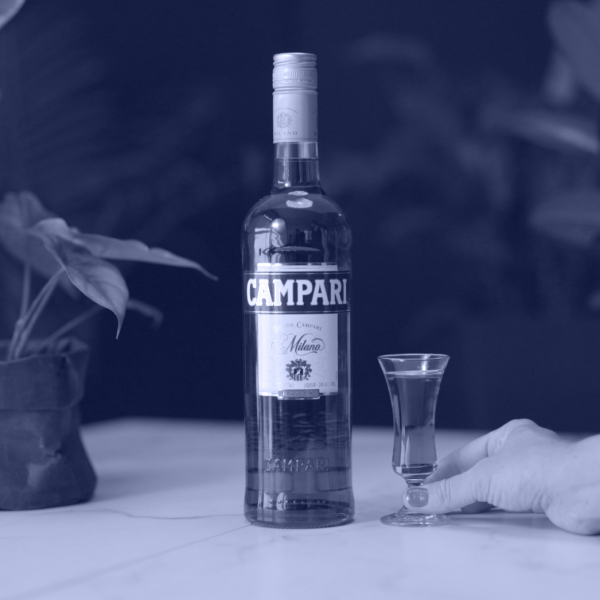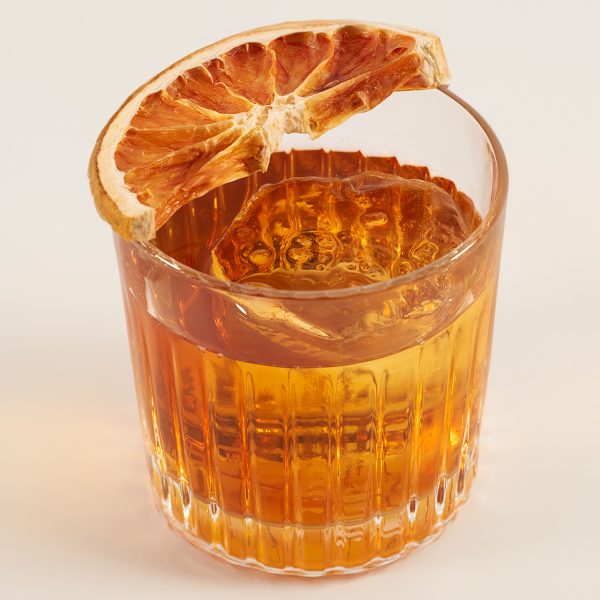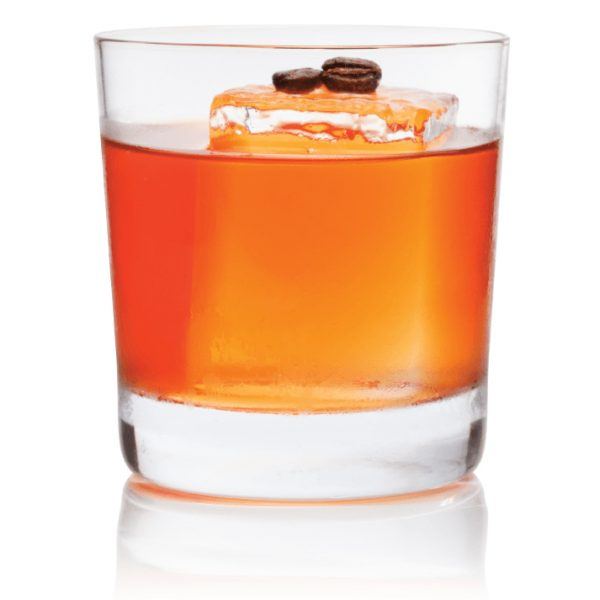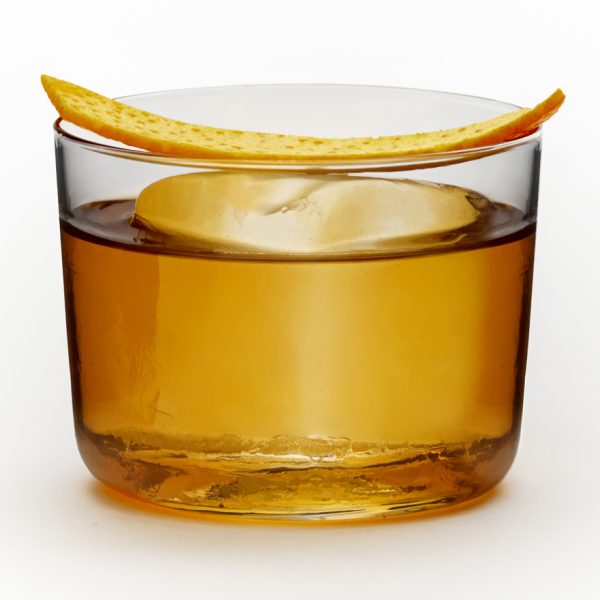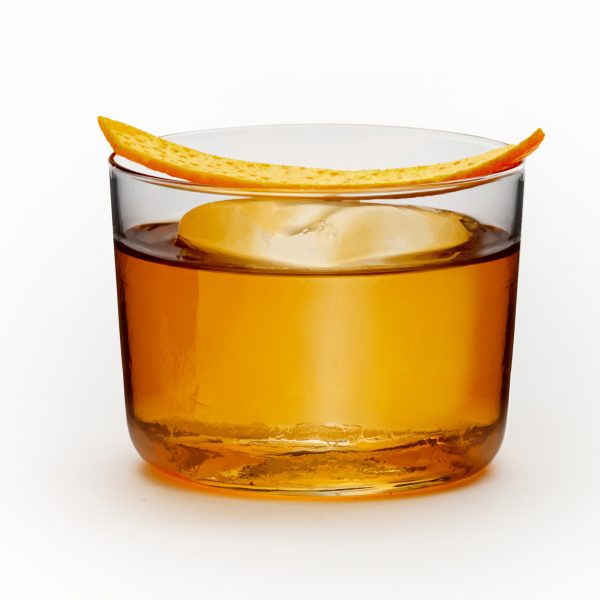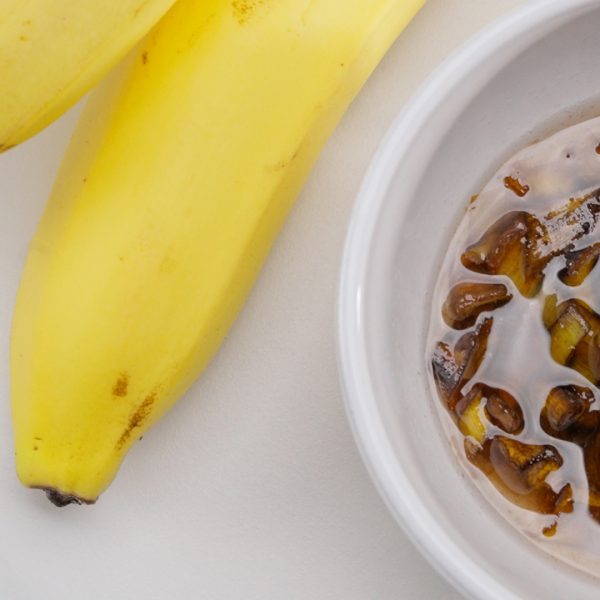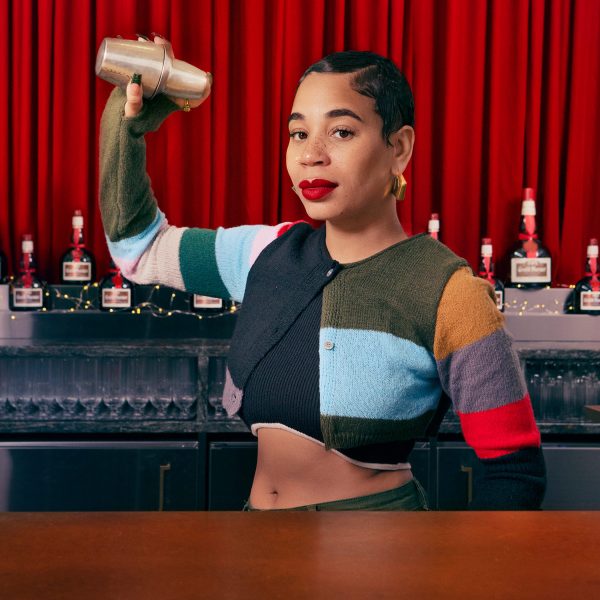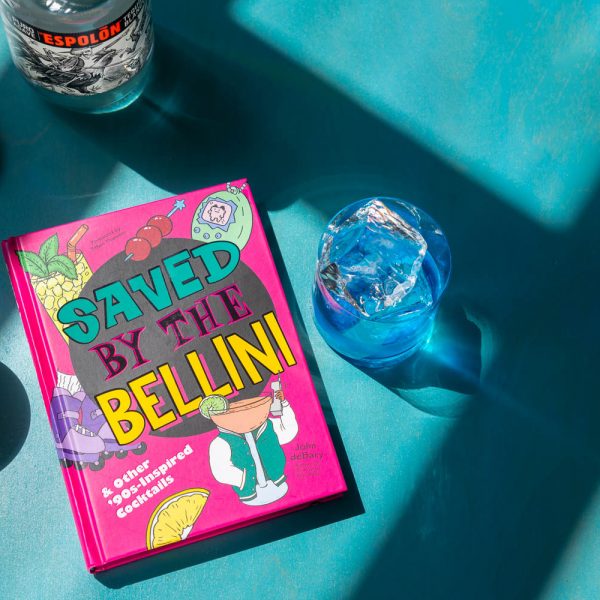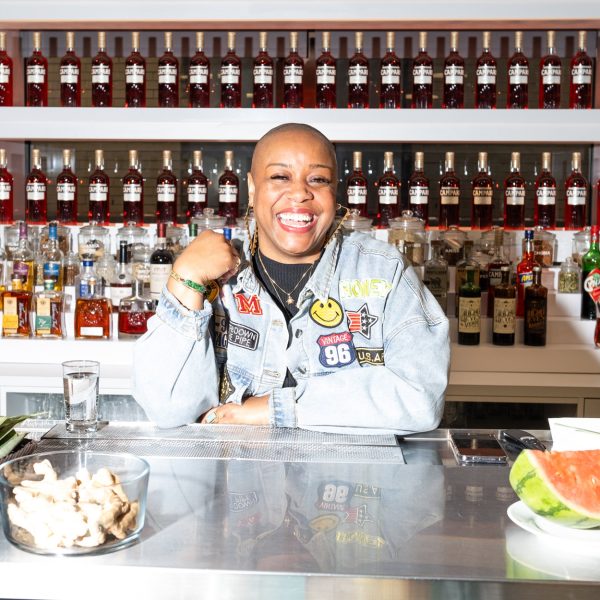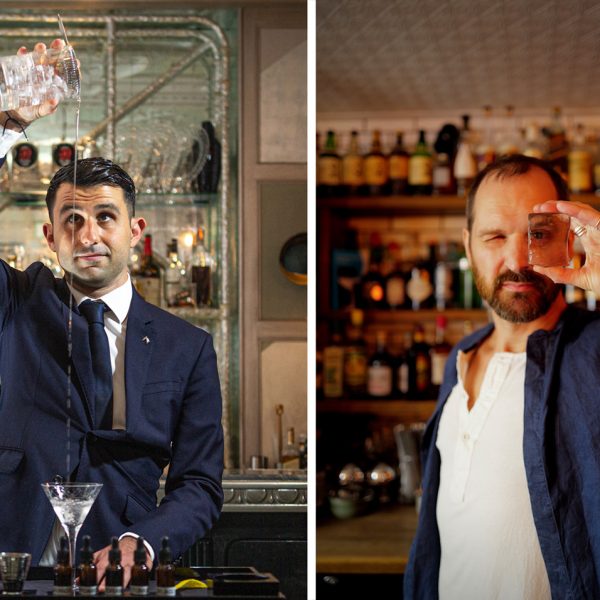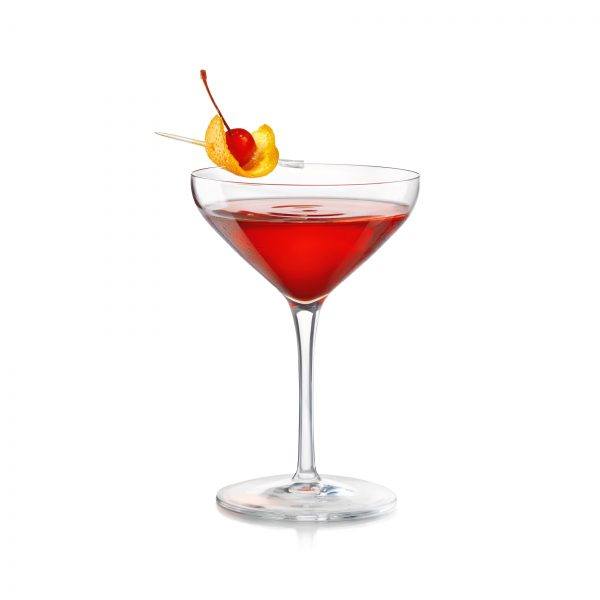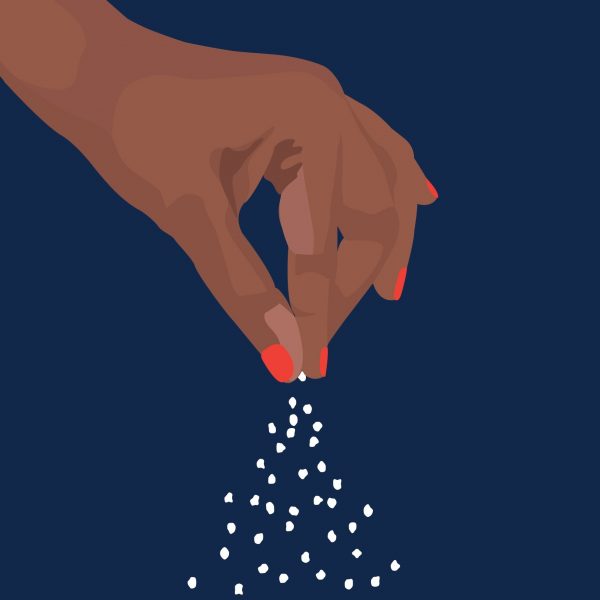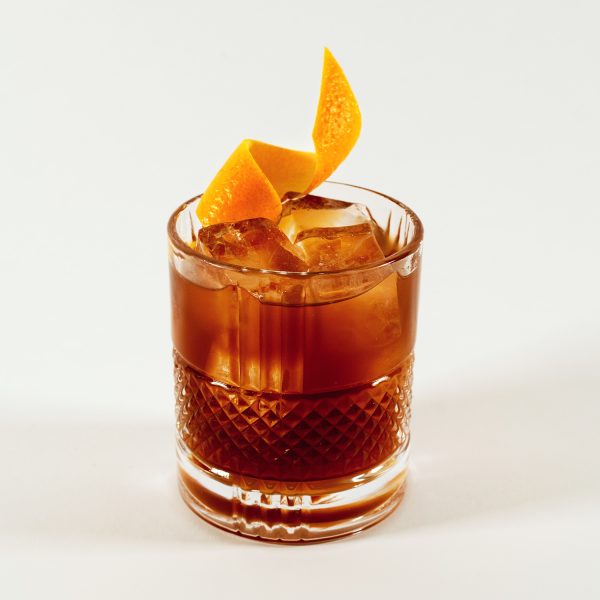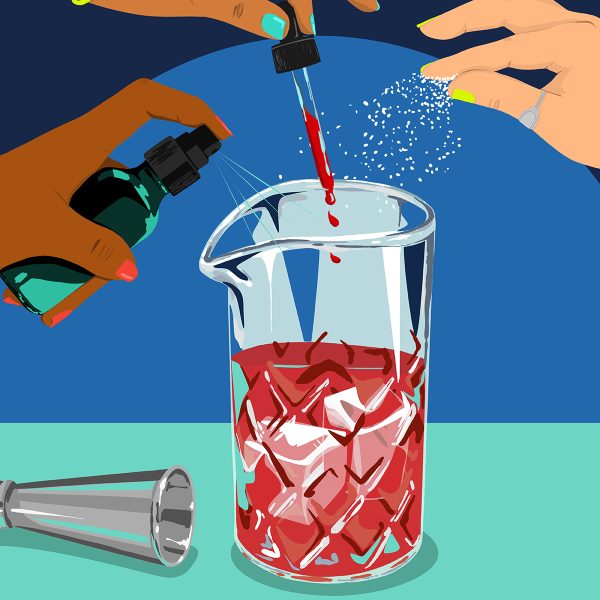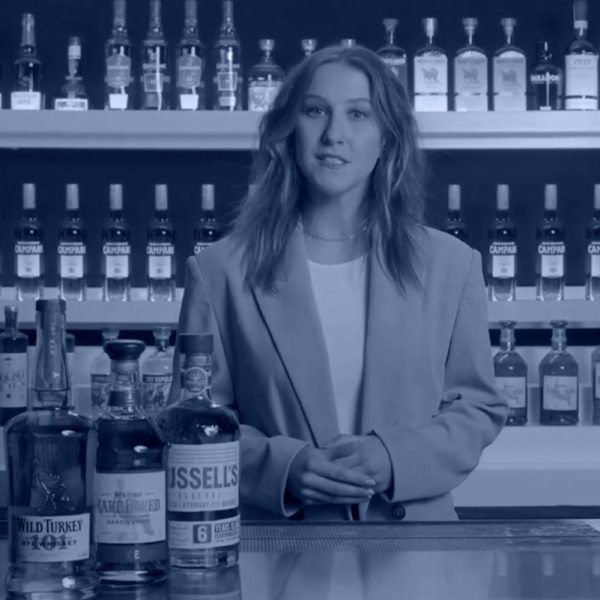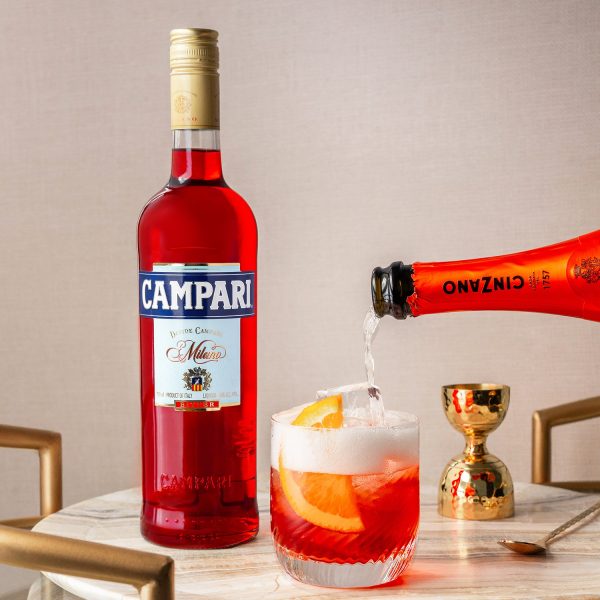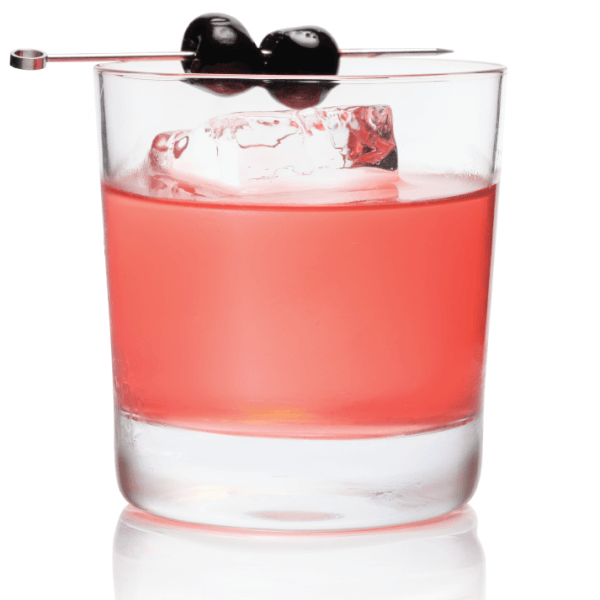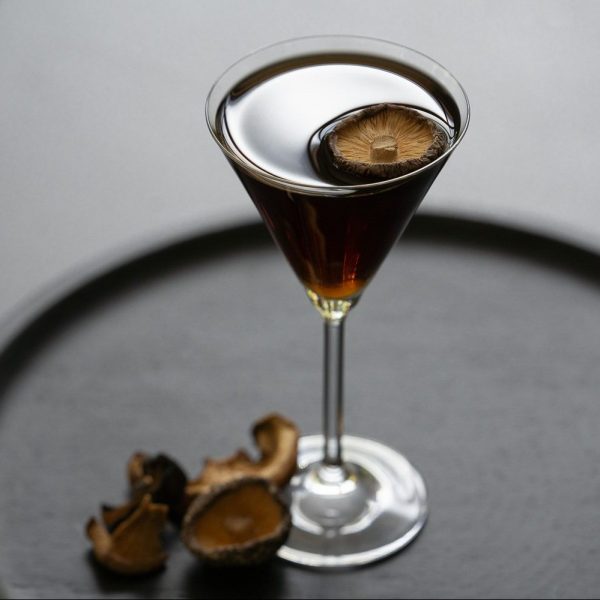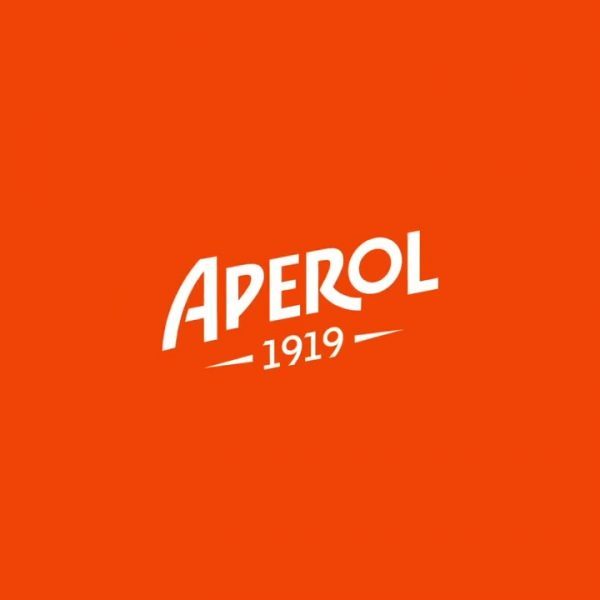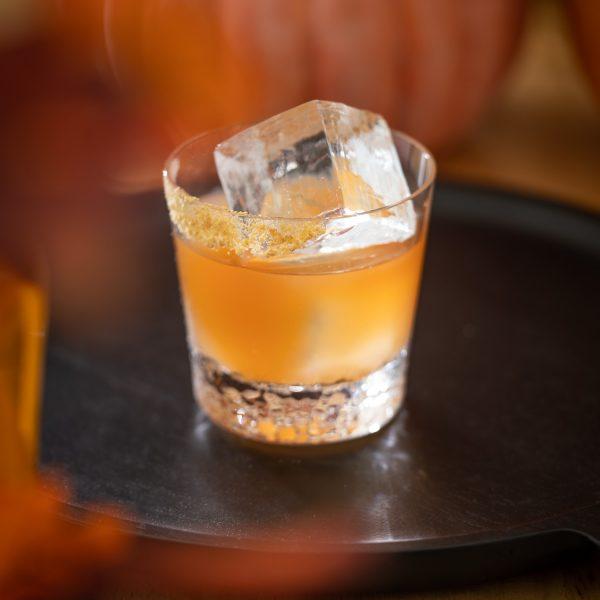Techniques: How To Batch Cocktails
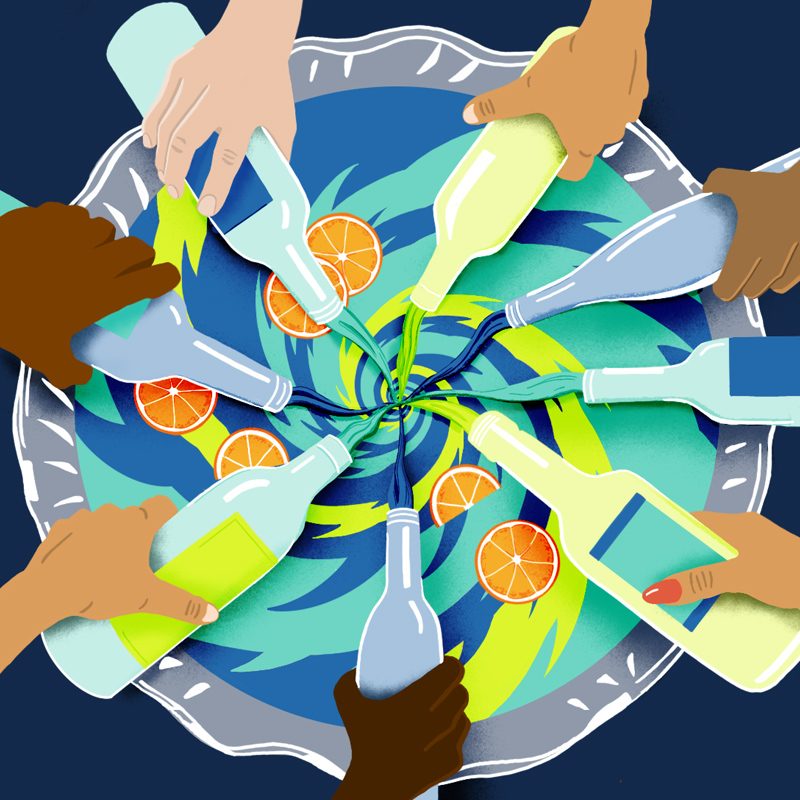
Tips on how to make batching work for your bar and at events – from quality control to pour cost.
Batching cocktails – that is, combining multiple ingredients to make a singular, consistent liquid – has arguably been part of bar culture since people began making the earliest alcoholic punches. Batching has never left the bartender toolbox. If anything, batching is now a sophisticated and essential technique that helps both the balance sheet and customer experience.
So what is batching, and why should every bartender embrace it? “Batching is making your cocktails in a larger format before service for many reasons: consistency, cost effectiveness, time management and integrity of the cocktails and the products,” Albuquerque bar owner Kate Gerwin says. “When people say, “Oh that’s pre-batched or pre-made? I like my [cocktails made] fresh,” I always find that amusing because juice is [pre]-squeezed in a bar. Campari isn’t fresh. Gin isn’t fresh. Liqueurs, modifiers, syrups, none of those things are fresh.”
Precision Counts
Batching is invaluable when making drinks that have multiple components in small, fussy amounts. “In certain drinks, you may have five, six ingredients,” GN Chan, a New York City bar veteran, explains. “This ingredient is 5ml, another is 7ml. It’s very precise. Batching is easier when everything goes into one bottle and then you measure out the finished product to be just 90ml, for example.”
To Batch Or Not?
The technique is not one-size-fits-all, however. Experts warn that volatile ingredients with a potential to change over time or be inconsistent, such as egg whites, dairy and fresh citrus (which has a 4-18 hour window of freshness), be left out of the main batch and added at the time of service. “We always ask ourselves: Should we batch this?,” Kate Gerwin notes. “What ingredients wouldn’t be beneficial to batching? Because if it’s not beneficial to the cocktail and it’s just to save time at the cost of the taste? We don’t batch it.”
If batching helps ensure that cocktails are consistent across shifts, it also helps reduce spillage costs, over- or under-pouring and other mistakes that happen during the normal course of service. For bars dealing with employee turnover or high volume, batching reduces training times, especially if new hires need to be trained on drinks that are just one or two bottle pick ups, versus, say, four or five. “Batching is a much more efficient way to train bartenders, especially in the beginning if they just have to learn ‘this is a 3-ounce pour,’ ” Gerwin adds.
High Volume, High Quality
As festival and wedding season nears, batching is essential to bartenders managing very super high volume events where not everything is under the bartender’s control, whether it’s the quality of the ice, the size of the drinking vessel or the speed of the check-out times when payment apps are likely to freeze.
The variability that comes with working at large venues all but guarantees that something unexpected will happen at the event, which means that batching can be a constant that bartenders can control for. When preparing batches, having the recipe written down somewhere is invaluable, especially if someone else needs to step in to assist, Lush Life’s Solomon Thomas, who has batched drinks for hundreds of guests at Portland Cocktail Week, advises. Thomas also makes a point to cross off ingredients as he adds them. It’s simple, yet effective. “I often don’t get the pleasure of being able to batch with no one else around to distract me, no phone or messages. It’s so easy to start something, then step away and ask, did I actually add the full thing or did I mess up?”
Size Matters
In a traditional bar setting, glassware is king, and the largest glass, a 16-ounce pint glass, is rarely ever used for delicate cocktails, Liquid Productions’ event producer Leo Degroff notes. “Have you ever been to a festival where you have a five or six-ounce cup?,” he asks. “At a festival, 16-ounces is generally the smallest size cup that you’ll see. But the festivals want to sell those drinks. The people want to buy those drinks and the brands want to be in those drinks. But nobody wants a small cup so it’s then your job to turn the basic sour formula, which is closer to a 6 oz recipe, into something that then fills up an 18-oz cup when it’s poured over ice.” The answer is not adding more booze, but rather knowing how to smartly introduce more water into the batch while not losing any of the key flavors.
“You play this game of ‘where can I fill this drink so it’s an appropriate level where the person doesn’t feel cheated’ but for safety reasons, I don’t want to make all the drinks doubles,” Thomas says. “Plus, they aren’t paying for two drinks.” Sometimes the answer is filling the drink not quite to top and resisting the urge to over-dilute a drink that’s already balanced.
If there are a few rules of thumbs, bartenders advise treating a batch just like one giant cocktail, which it is. That means, the same pouring rules apply: Start with the least expensive ingredients first, in case a mistake means the liquid needs to be thrown out. And always taste as you go along, just as with a regular cocktail.
“After you batch, you need to taste, and you need to adjust,” GN Chan says, noting that even processed ingredients will show variability over time. “It takes some experience to fine tune the batch.”



